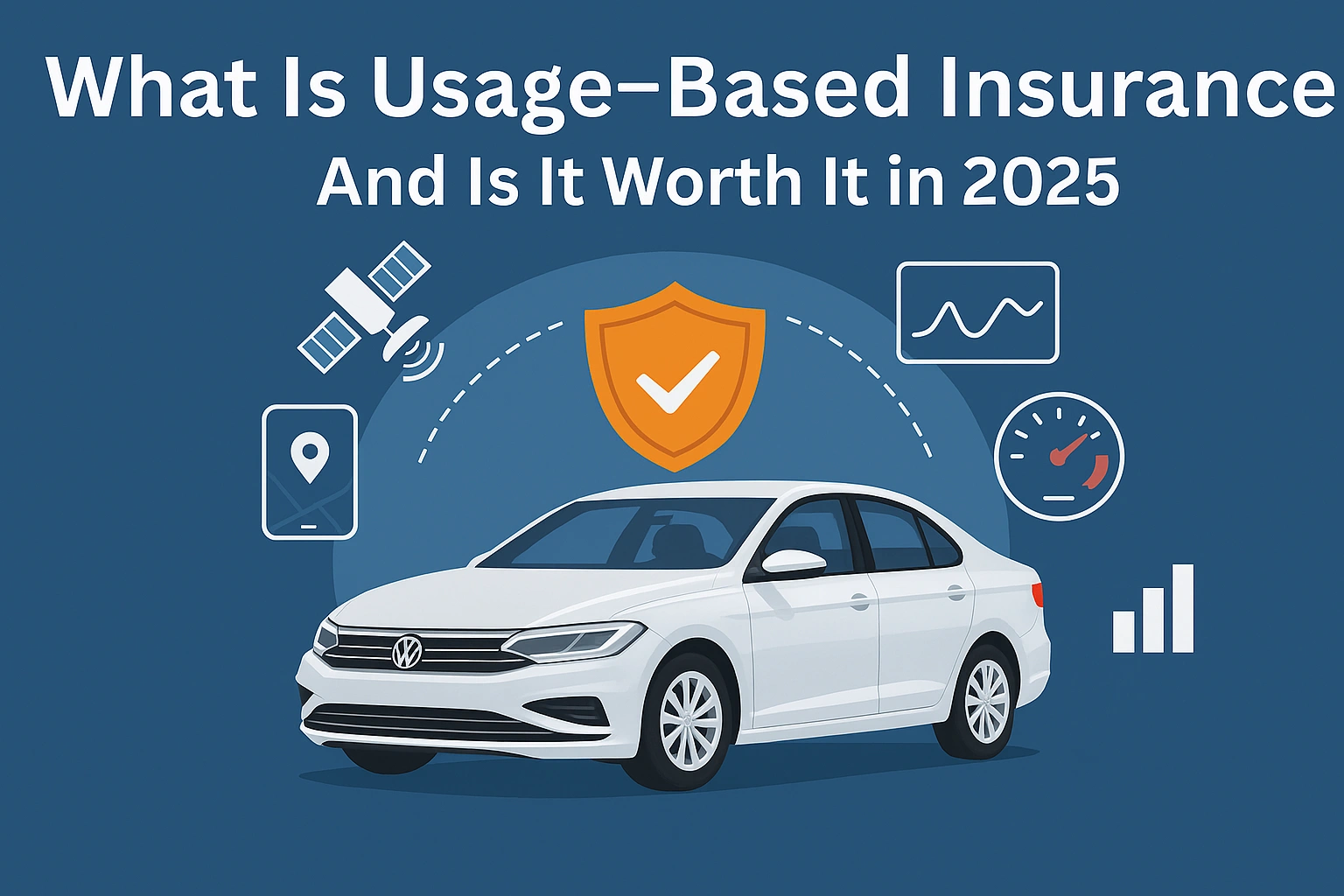Want to save on car insurance by driving smarter? Discover how usage-based insurance (UBI) works, how much you can save, and whether it’s right for you.
Quick Summary: Usage-based insurance (UBI) programs track your driving habits using a mobile app or device. Safe drivers can earn up to 30% off premiums in 2025. It’s ideal for low-mileage or defensive drivers but may not benefit everyone.
What Is Usage-Based Insurance?
Usage-based insurance (UBI) is a type of auto policy where your premium is partially based on how you actually drive. Insurers collect real-time data using either:
- Smartphone apps (e.g. Allstate Drivewise, Progressive Snapshot)
- Plug-in OBD-II devices
- Built-in vehicle telematics (e.g. GM OnStar, Tesla)
How Does UBI Work?
UBI tracks your:
- Driving frequency and mileage
- Braking and acceleration patterns
- Time of day (night vs. day)
- Phone use while driving (some apps track distractions)
The safer and less frequently you drive, the bigger your discount.
Top UBI Programs in 2025
| Insurer | Program | Max Discount |
|---|---|---|
| Progressive | Snapshot | Up to 30% |
| Allstate | Drivewise | Up to 25% |
| Nationwide | SmartRide | Up to 40% |
| State Farm | Drive Safe & Save | Up to 30% |
Who Benefits Most from UBI?
UBI works best for:
- Low-mileage drivers
- Safe drivers with no recent claims
- Commuters who avoid rush hour
- Tech-savvy users comfortable with tracking
If you frequently drive at night or brake hard, savings may be limited.
Pros and Cons of Usage-Based Insurance
| Pros | Cons |
|---|---|
|
|
Real Example: Savings from SmartRide
Case Study: Maria from Colorado drives only 8,000 miles a year and rarely at night. She joined Nationwide’s SmartRide and saved 28% on her renewal after just 90 days of tracking.
Is UBI Worth It in 2025?
Yes — if you’re a careful, low-risk driver and comfortable with digital tracking. But if you commute heavily or value privacy, you may prefer a traditional plan.
📊 Drive Less or Safer? Usage-Based Insurance Might Save You Big
If you’re a low-mileage driver or have safe habits, usage-based insurance could slash your premiums. Compare real-time quotes to see if it’s right for you in 2025.
FAQs About Usage-Based Insurance
Can usage-based insurance increase my rate?
Some insurers may increase your rate after risky driving. Others, like Progressive, only offer discounts—never penalties.
Does UBI track my location?
Yes, some apps collect GPS data to analyze trip length and time of day. Check your insurer’s privacy policy before enrolling.
